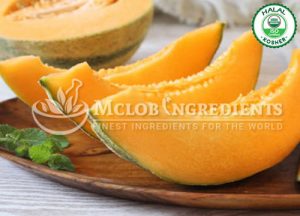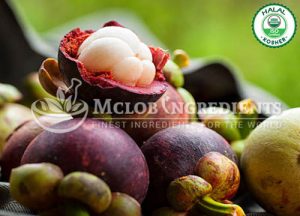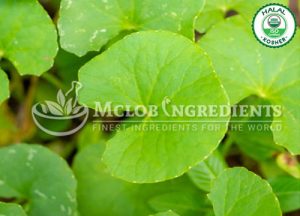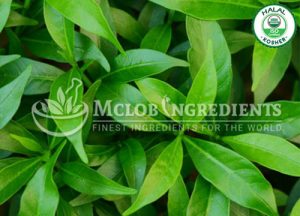Analyze is an enzyme that breakdown the starch or glycogen. It is present in the saliva of humans and some other mammals where it begins digestion.it is also present in plants. there are three types of amylase i.e. alpha-amylase, beta-amylase, gamma-amylase.
Methods for Production:
- Micro organism : Bacillus spp. Was isolated from soil and maintained on nutrient agar slants and subcultured by every 10 days.
- Inoculum and Fermentation Medium: the inoculation is prepared by the addition of sterile distilled water into the freshly grown nutrient agar slants, from this 0.5 ml of cell suspension was inoculated into100 ml of sterilized fermentation medium and incubated at 35 °C for 10 hrs.
- The fermentation medium composition is:
- Bacteriological peptone -6gm
- Magnesium sulfate-0.5gm
- Potassium chlorate-0.5gm
- Starch-1gm(pH-7)
Extraction of Amylase from fermentation medium:
- After incubation the fermentation medium was harvested by centrifugation at 5000rpm for 20 min at 4° The supernatant was collected and then subjected to estimate the amylase activity.
- Effect of pH: the fermentation medium was prepared by varying pH values from 5-8 for the production of amylase.
- Effect of temperature: the submerged fermentation was carried out at different temperatures that are 25°c, 30°C,35°C,40°
Assay of Amylase:
- Amylase activity is determined following the method of Bergfeld. An assay mixture containing, enzyme extract, substrate-like starch, and DNSA as coupling reagent was used.
- One unit of amylase activity was defined as several micromoles of maltose liberated by 1 ml of enzyme solution per minute.
Uses:
- Amylase enzyme hydrolyzes the starch molecule into the polymers composed of glucose units.
- It is used in the production of maltodextrin, modified starches or glucose, or fructose syrups.
- It is used to remove starch-based size for improved and uniform wet processing in the textile industry.
- It is used in detergent formulation to improve the detergency by digesting the starchy stains.
Route of administration: Oral route
Dose: The normal range for adults for amylase in a blood sample is 30 to 110 units per liter (U/L). 1 dose take it with a meal and swallow whole.
Duration of use: Consult health care practitioner, doctor, physician.
Dosage Form: Tablet, Capsule
Side effect:
Diarrhea, constipation, headache, abdominal pain, abdominal cramps, abdominal bloating, gas, cough, nausea, or vomiting may occur.
Reference:
Benjamin, S. and Pandey, Lipase production by Candida rugosa on copra waste extract. Indian Journal of Microbiology,
Biopotential of immobilized amylases. Indian Journal of Microbiology, Agrawal, M., Pradeep, S., Sathyanarayana and Chandraraj, K. N.G. Hydrolysis of starch by amylase from Bacillus sp. KCA102: A statistical approach. Process Biochemistry,







